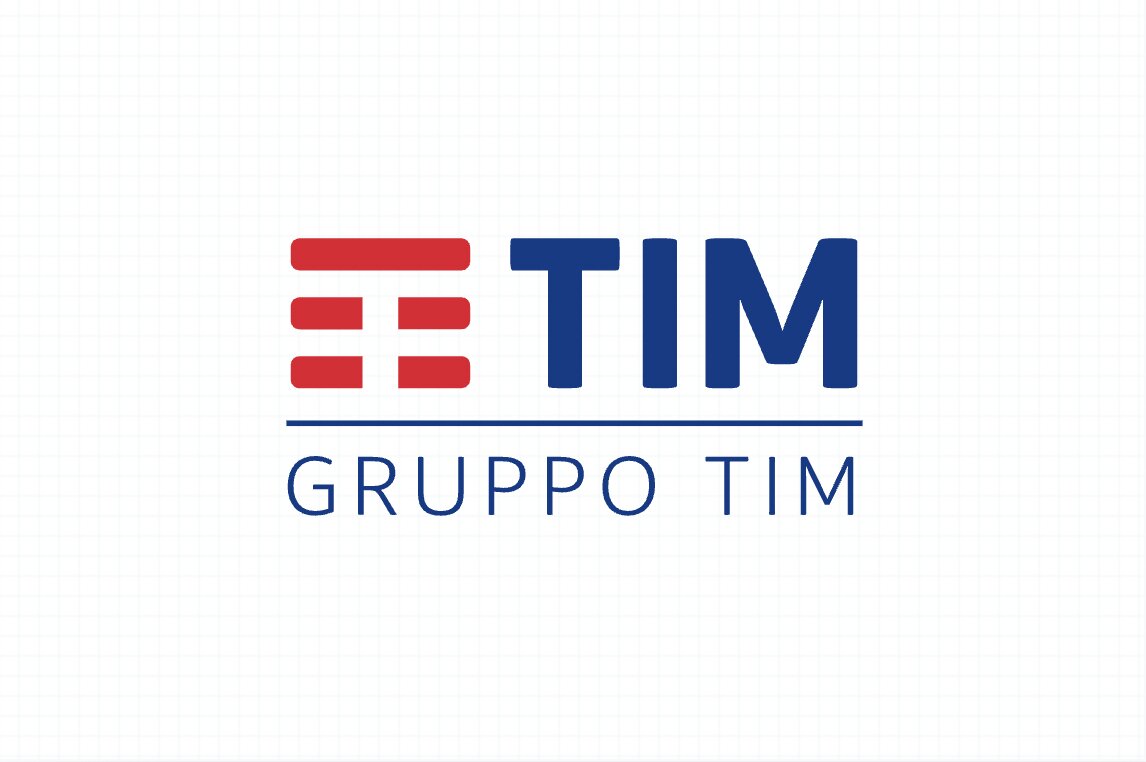The Italian Antitrust Authority (AGCM) has revised the fine imposed on Telecom Italia (TIM) in 2020 for its alleged anti-competitive practices in the expansion of fibre-optic broadband services.
Originally set at EUR 116 million, the penalty has now been reduced by 25% to EUR 87 million.
Background of the Case
AGCM’s investigation, concluded on February 25, 2020, determined that TIM had implemented a strategy aimed at obstructing competition in the deployment of ultra-wideband network infrastructure, particularly in Italy’s “white areas”—regions where private investment in fibre-optic networks was deemed unfeasible without public subsidies. TIM’s actions reportedly delayed fibre development in these areas, which are in dire need of improved connectivity.
The authority found that TIM engaged in activities designed to maintain its market dominance in fixed-network access and telecommunications services. Specific allegations included obstructing competitive tenders under the government’s National Ultra-Wideband Strategy and making unprofitable changes to its coverage plans during tender proceedings. Additionally, TIM initiated legal actions to delay public bidding processes.
Market Impact and Justification for the Fine
AGCM viewed TIM’s behaviour as particularly serious, noting that Italy already lagged behind other European economies in terms of fibre-to-the-home (FTTH) coverage. At the time of the alleged misconduct in late 2016, only 18% of Italian real estate units had access to fibre-optic networks, compared to the EU average of 22%. By the end of 2018, Italy’s coverage had risen to 23%, still significantly below the EU average of 29%.
The authority also pointed out that TIM’s restructuring of its fibre-access service offerings had the effect of limiting market contestability. This included lowering prices of certain services below cost and implementing promotional retail offers that bound customers to lengthy contracts, further limiting competition.
Reduction of the Fine and TIM’s Response
Upon appeal, AGCM acknowledged that TIM’s actions did not reach a level of severity that would have caused irreversible damage to new entrants, Reuters reported. As a result, the fine was reduced by 25%. TIM has expressed its intent to further challenge the decision in the Regional Administrative Court of Lazio within the designated 60-day period.
The company maintains that its actions were aligned with regulatory standards and that its investment in fibre-optic infrastructure was crucial for Italy’s digital advancement. TIM also emphasized that it had promptly adjusted its business strategies to comply with regulations and had taken significant steps to promote competition in the ultra-broadband market.
Regulatory Perspectives and Future Outlook
AGCM’s ruling contrasts with the position of the Italian telecom regulator AGCOM, which has previously taken a more lenient view of TIM’s conduct. AGCOM has issued regulations on many of the issues covered in the AGCM ruling, suggesting differing interpretations of TIM’s market behaviour.
Despite the fine, AGCM acknowledged TIM’s recent pro-competitive initiatives, including a fibre network expansion plan in 39 cities, co-investment invitations for competitors, and the introduction of more affordable wholesale offers.
While TIM contends that its investment plans were aimed at modernizing Italy’s digital infrastructure, the ruling underscores the ongoing regulatory scrutiny in the telecommunications sector. The case serves as a reminder of the challenges companies face in balancing market dominance with fair competition policies.
In the end, TIM argues that the primary victims of this prolonged legal dispute are the residents of underserved areas, who continue to wait for improved connectivity solutions.
